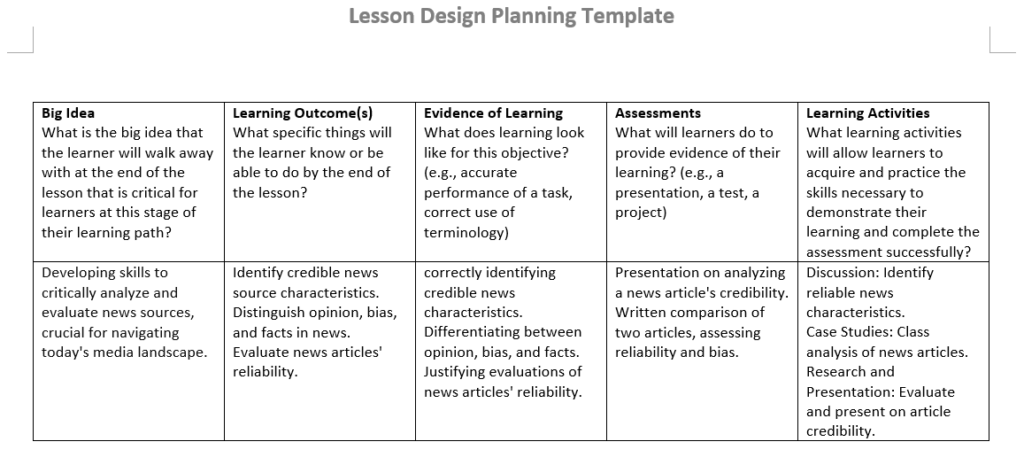In video games designed for learning, Mayer’s and Merrill’s instructional principles are often key components, but there’s room for deeper application, especially outside the game environment.
Mayer’s Principles:
Coherence: Educational games excel in delivering clear and focused content, ensuring learners are not distracted by unnecessary details.
Signaling: They effectively use cues to highlight crucial information, guiding learners through the learning process seamlessly.
Spatial Contiguity: Games masterfully combine text and visuals in close proximity, which helps in simplifying complex information for better learner comprehension.
Merrill’s Principles:
Task-Centered Learning: Many learning games are built around the concept of engaging learners in real-world problem-solving activities, aligning with Merrill’s emphasis on practical, task-based learning.
Integration Challenge: Despite their strengths, these games often fall short in encouraging learners to apply their newfound knowledge outside the virtual world. This gap highlights a missed opportunity for extending learning beyond the game and into real-life application.
Expanding on these principles within game-based learning environments could significantly enhance the educational impact, ensuring that learners not only acquire new knowledge but are also equipped to apply it in various contexts outside the game.
H5P:
H5P is a good video interactive learning method. In the video below, I show you how to identify bias in the news.

Leave a Reply
You must be logged in to post a comment.